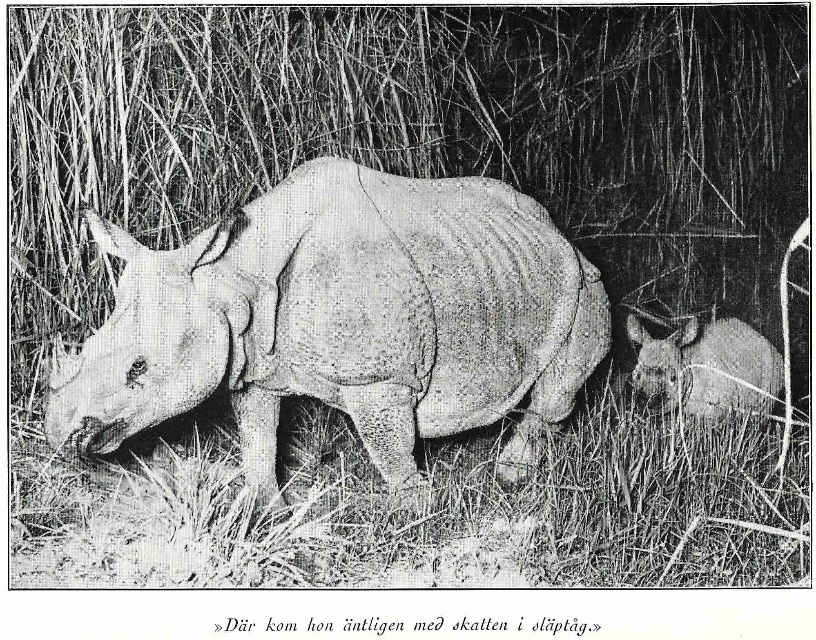Early photographs of the greater one-horned rhinoceros (Rhinoceros unicornis) in the wild
DOI:
https://doi.org/10.69649/pachyderm.v62i.449Abstract
Despite recurrent obstacles in photographing animals in the wild, there are a few early examples. A dead rhinoceros shot in Assam by Wilfred Dakin Speer was photographed in 1862. An image of a living rhinoceros in Nepal was published in the Illustrated London News of 1906. This was followed by black and white photographs taken in 1909 by Victor Brooke of a rhinoceros attacking his elephant in 1911 during the tour of King George V in Nepal, and in 1923 by George Miller Dyott for the Vernay-Faunthorpe expedition of the American Museum of Natural History in New York. Those taken in 1932 by the Swedish photographer Bengt Berg in Jaldapara, West Bengal, are among the best of early attempts in the wild.
Résumé
Malgré les obstacles récurrents liés à la photographie des animaux dans la nature, il existe quelques exemples antérieurs. Un rhinocéros mort abattu en Assam par Wilfred Dakin Speer a été photographié en 1862. Une image d'un rhinocéros en vie, prise au Népal a été publiée dans l'Illustrated London News de 1906. Ensuite suivirent des photographies en noir et blanc prises en 1909 par Victor Brooke, d'un rhinocéros s’attaquant à son éléphant, puis en 1911 lors de la tournée du roi George V au Népal, et en 1923 par George Miller Dyott pour l'expédition Vernay-Faunthorpe de l'American Museum of Natural History à New York. Celles prises en 1932 par le photographe suédois Bengt Berg à Jaldapara, au Bengale occidental, sont parmi les meilleures premières tentatives prises dans la nature.

Downloads
Published
How to Cite
Issue
Section
License
Copyright (c) 2021 Pachyderm

This work is licensed under a Creative Commons Attribution-NonCommercial 4.0 International License.



